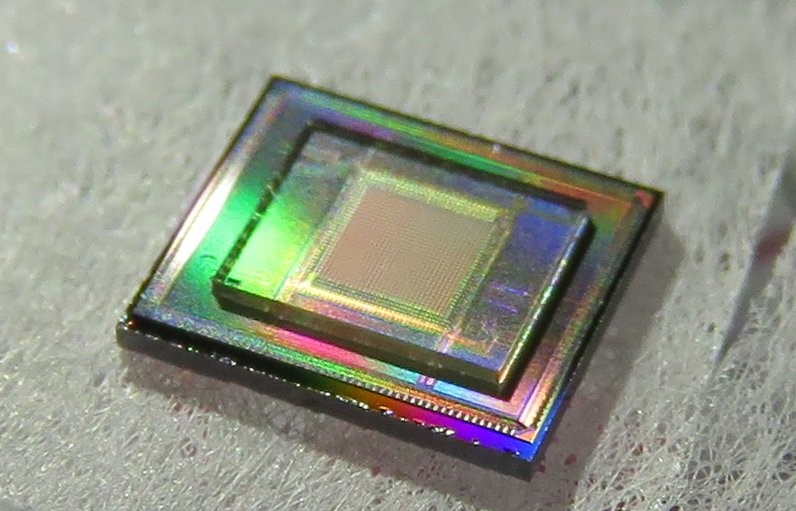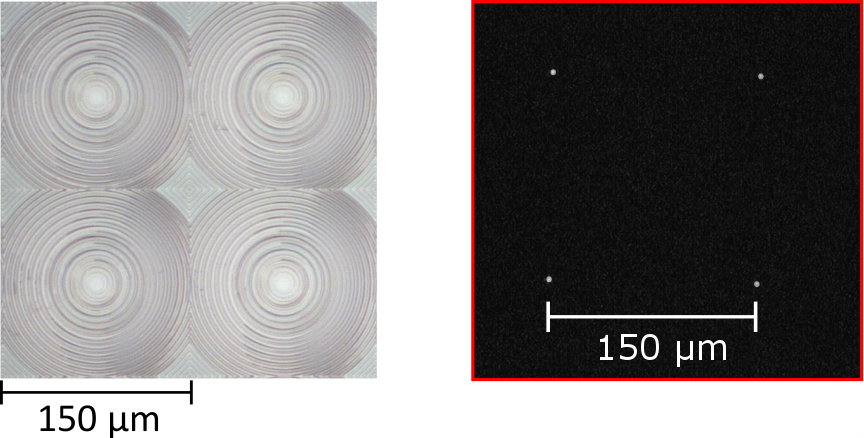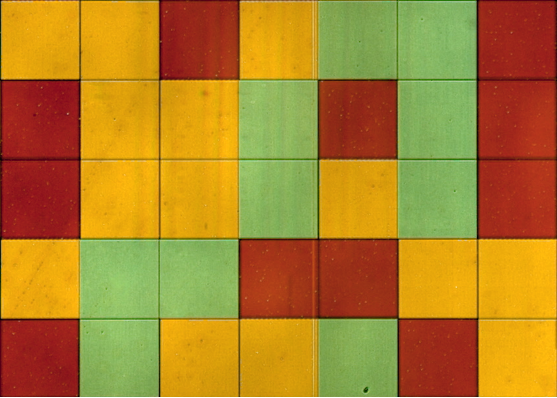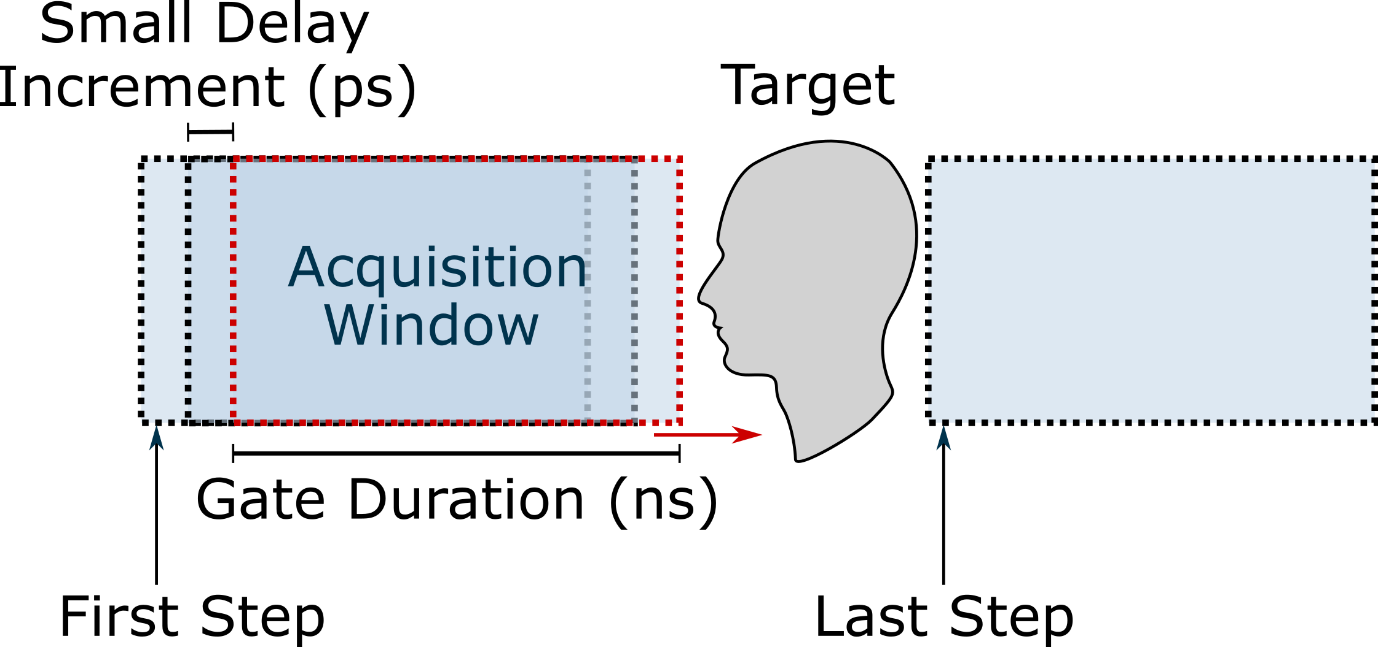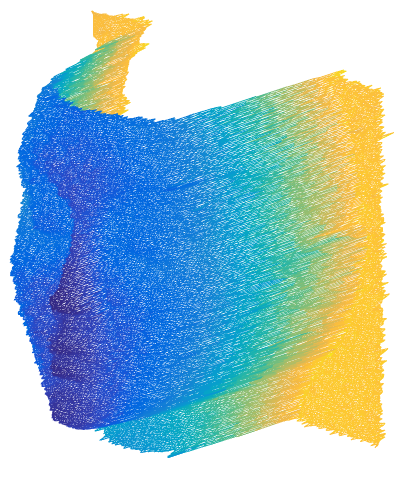Large‑format CMOS single‑photon avalanche diode (SPAD) detector arrays are used to good effect in a number of applications, including depth profiling at short and long range and time‑resolved fluorescence lifetime imaging (FLIM).
One of the biggest drawbacks to these devices however is that the various circuitry required takes space on the pixel which could otherwise be dedicated to photo‑detection, thereby reducing the effective single‑photon detection efficiency (SPDE) of the device.
When working in particularly sparse photon regimes this detriment can result in long measurement times, or a reduction in obtained information. Novel measurement approaches and design and fabrication of various optical enhancements can ensure the most information is extracted as possible from a single‑photon imager.
Microfabrication methodologies allow the development of large format arrays of micro‑scale filters or lenses which can then be integrated with detectors to enhance performance.
We can fabricate high uniformity diffractive microlens arrays using binary mask‑based photolithography and reactive ion etching. These devices can increase light collection by factors > 25×, greatly increasing the sensitivity of measurements.
Work has also been conducted to use plasmonic metasurfaces as colour filter arrays.
Creating relatively narrowband transmission at R, G, B wavelengths allows a mosaic filter to be produced, which again can be integrated to a large format detector array. Using a bespoke reconstruction algorithm allows full colour images to be produced directly from a single‑photon camera.
Improved light collection can also be attained by developing detector arrays with large active areas (up to 60% fill‑factor) – however these devices consequently have lower functionality.
Devices without timing circuitry can allow such high fill factors, which creates the challenge of how to extract depth information using such a device.
We resolve this by using a novel 'sliding gate' approach, whereby an electronic gating on the sensor creates a data acquisition window. A delay to this window can be iteratively increased, shifting it through a target. This process allows time‑sensitive data acquisition, without the need for any timing electronics.
Meet the researchers
Selected publications
- Peter W. R. Connolly, Jessica Valli, Yash D. Shah, Yoann Altmann, James Grant, Claudio Accarino, Colin Rickman, David R. S. Cumming and Gerald S. Buller, "Simultaneous multi‑spectral, single‑photon fluorescence imaging using a plasmonic colour filter array", Journal of Biophotonics (2021).
- Peter Connolly, Ximing Ren, Robert Henderson and Gerald Buller, "Hot pixel classification of single‑photon avalanche diode detector arrays using a log‑normal statistical distribution", Electronics Letters 55 (18), pp 1004‑1006 (2019).
- X. Ren, P.W.R. Connolly, A. Halimi, Y. Altmann, S. McLaughlin, I. Gyongy, R.K. Henderson, and G.S. Buller, "High‑resolution depth profiling using a range‑gated CMOS SPAD quanta image sensor", Optics Express 26(5), pp 5541‑5557 (2018).


